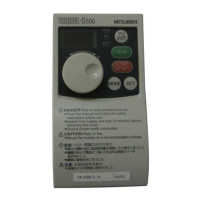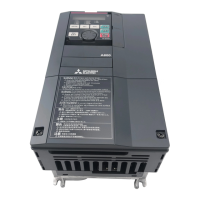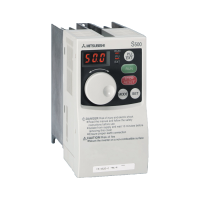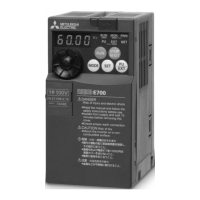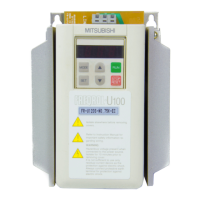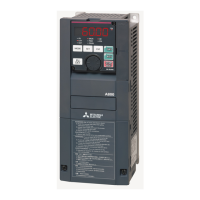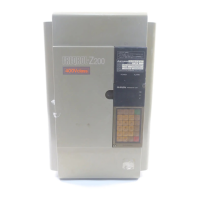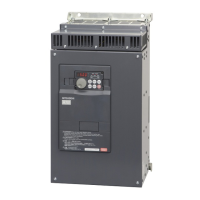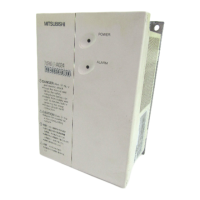PROTOCOL-SPECIFIC INFORMATION
Run/Idle Flag Behavior
EtherNet/IP clients (such as PLCs) have the option of adding a 32-bit “run/idle” header to all class 1 (I/O)
data packets sent to devices. Bit 0 of this header is called the “run/idle flag” by the EtherNet/IP
specification, and is intended to signify when the client is in a “running” state or an “idle” state. A running
state (run/idle flag = Run) is indicated whenever the client is performing its normal processing (e.g.
scanning its ladder logic). An idle state (run/idle flag = Idle) is indicated otherwise. For example, Allen
Bradley ControlLogix PLCs will set their run/idle flag to Idle whenever their processor keyswitch is
placed in the “PROG” position, presumably in preparation to receive a new application program from
RSLogix 5000.
The behavior of EtherNet/IP devices when they receive I/O data from a controller with the run/idle flag
set to Idle is not defined in the EtherNet/IP specification. The driver allows the option of two different
behavioral responses when a run/idle flag = Idle condition is received, depending on the state of the
Invoke Timeout When Run/Idle Flag = Idle checkbox.
• If the checkbox is cleared (default setting), then the driver will maintain the last I/O data values
received from the client. For example, if a device mapped to the database was being commanded to
run prior to the run/idle flag being set to Idle by the client, then it will continue to run.
• If the checkbox is checked, then the driver will perform the Timeout Action.
Timeout Action
Select an action from the drop down menu:
“None”..................................... No effect. The inverter will continue to operate with the last available
settings.
“Apply Fail-safe Values” ......... Apply the fail-safe values as described in section 5.4.1.
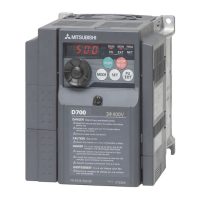
